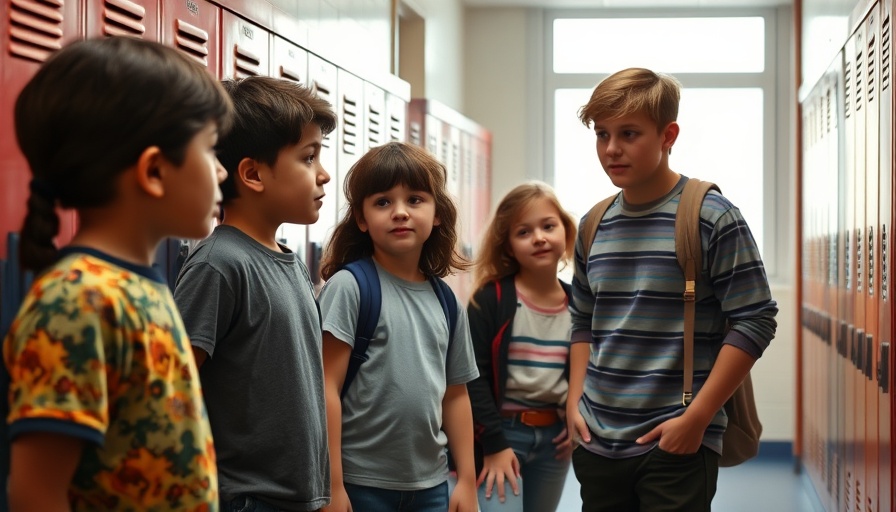
Brave Sister Steps Up Against School Bullying
In a bold display of sibling loyalty, a 17-year-old girl has become an online sensation after confronting a young boy who used a racial slur against her younger brother. The incident, captured on video and shared on social media, has ignited widespread discussions about racism among children and the role of parents in addressing such behavior.
Setting the Scene: A School Bus Incident
In the video, the teen addresses the boy off-camera, expressing her outrage over the use of the N-word towards her brother. "You talked to my baby like that yesterday, calling him the n-word. I’ll talk to you however the f*** I want to talk to you. You don’t say that sh**. That sh**’s not cute. That’s not funny,” she asserts, demonstrating her protective instincts. Others on the bus appear uneasy, highlighting the impact of peer dynamics in these situations.
The Implications of Childhood Racism
The Centers for Disease Control and Prevention reported that about 31.5% of high school students have experienced racism in school, with nearly half of Black students indicating the same. This alarming statistic points to the urgent need for conversations about race and bullying that begin at home, teaching children compassion and respect for diversity.
Voices from the Community
As online reactions poured in, many celebrated the sister's courageous stance while some criticized her approach. Supporters emphasized the importance of standing up against injustices, particularly when those injustices affect younger, vulnerable individuals. Comments like "Discipline your kids! Bullying is not ok" underscore a growing frustration with bullying behavior and the need for parental accountability.
Critics, however, cautioned about the use of foul language in front of younger children, suggesting that her method might not set the best example. The contrasting views present an interesting dilemma on how to effectively combat bullying: should responses be firm and assertive, even if they're controversial, or should they maintain a higher standard of conduct?
Lessons Learned: Opening the Dialogue on Racism
This incident serves as an opportunity for parents and educators to open dialogues about respect, empathy, and the devastating effects of racism. Experts suggest that uncomfortable discussions at home can help children understand the importance of kindness and the inappropriateness of racially charged language. Encouraging children to speak out against bullying and racism not only empowers them but aids in fostering a more inclusive environment.
What Can Parents Do?
For parents, this incident highlights the need to engage with their children about sensitive topics like racism and bullying. Establishing open lines of communication allows children to express their anger or confusion about these issues in a constructive manner. Tools like role-playing or attending community workshops can provide children with the skills needed to navigate such unsettling situations.
Creating Safe Spaces in Schools
Schools can implement programs focusing on empathy-building and anti-bullying campaigns that equip children with the necessary tools to handle conflicts. Parents and educators alike should advocate for resources that promote diversity and respect within classrooms, which can positively impact students’ social interactions.
Takeaway: Encourage Resilience and Bravery
In an age where bullying can extend beyond school walls through digital platforms, teaching children resilience and the tools to stand up for themselves and others become paramount. By fostering an environment of support at home, parents can empower their children to confront injustices, just like the brave sister did.
This incident not only shines a light on the challenges some children face but also demonstrates the power of sibling relationships. It's a vivid reminder of the significant role siblings can play in protecting one another and advocating against injustices.
Join the conversation—how do you talk to your children about racism and bullying? What strategies have worked for you?
 Add Row
Add Row  Add
Add 




Write A Comment